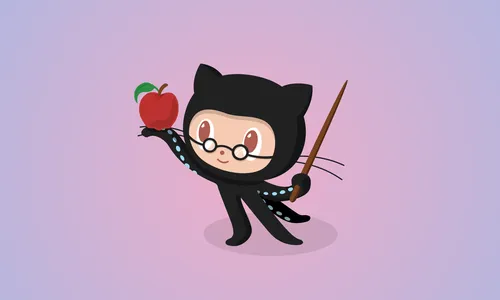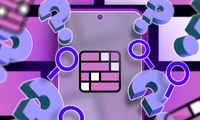Would you like to contribute to open-source software? Here's how we can get started.

What is Git? What is GitHub?
Git is the most popular version control system in the world. It allows developers to track changes, collaborate on projects, and maintain a history of their work.
Finding Projects
Many projects have simple text files that can be improved with basic editing and writing skills. These pages often include help files, web content, and other resources. Projects typically appreciate corrections, and many times, they need assistance with translating text into other languages.
Editing Files
If you directly accessed the file, you can skip this first step. Otherwise, use the repository's file browser to find the file you want to edit. Click on the file name, and you should see a screen like this:
Click the pen icon on the right side of the page. GitHub will inform you that you need to fork the repository before editing it from your account.
This creates a copy (fork) of the project under your account. Once you make changes, you can submit them as a pull request to the original project owner.
Use GitHub's browser-based editor to make edits. It is a simple text box with basic features like syntax highlighting. Avoid large changes or complex edits; this is suitable for simple corrections (typos, formatting fixes, etc.).
Commit Changes
Click the "Commit changes" button after updating the file. In the text box that appears next, add a useful "commit message." You don't need to explain in detail what was changed; for now, simply mention something like "typo fix" or "broken link replacement" is fine.
Opening a Pull Request
Click "Propose changes." This should take you to the "Comparison" page. Here, details of your update will be displayed. Next, click "Create pull request."
The next page will ask for a title and description again. Since you made a single change in one file, click the "Create pull request" button as soon as possible to continue.
What Happens Next?
The maintainer of the original project will review your changes. If everything is fine, and your changes are accepted, they will merge your changes into their repository. At this point, you have made your first contribution to an open-source project: congratulations!
You can safely delete the forked repository once your pull request is accepted. If you want to contribute in the future, you can keep the fork, but be prepared to learn about updating methods as the original project progresses. Unless you are confident with Git and GitHub, it's recommended to use the above process each time you update the project.
You can contribute to many types of projects without needing to learn more about Git. With GitHub Pages functionality, you can host a free project website and manage it like other repositories. You can make real-time changes to your website directly in the browser.
カテゴリー
最新記事
- 静かなキーストロークと高い生産性の向上を実現する、STEALTH KEYBOARD SM3 メカニカルキーボードのレビュー。
- その古い電話が目の前で火事の原因になった。
- アップル招待とアップルカレンダーの違い:10個のポイント
- アップル @ ワーク:2025年にアップルがGoogle Workspaceに対抗する製品をリリースするのか?
- Apple は iPhone SE 4 を発表する特別なイベントを開催する可能性が低い。
- 今日の NYT Connections ヒントと解答 (2 月 8 日 #608)
- Ubuntu 20.04 LTS のサポートが終了します。
- 読み込みが間に合わない? AI に読んでもらいたいですか?
- これは私が愛用する聖杯 ブルーレイプレーヤーです。
- 来週、新しい Apple 製品の発表が予定されています。詳細は下記の通りです。



